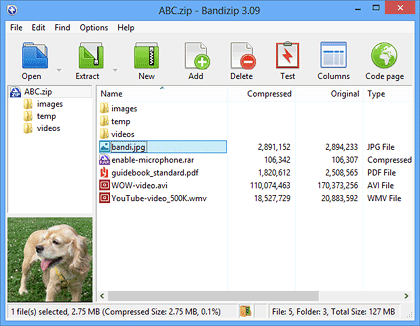

X, -extract-to= PATHĮxtract files from archive to the specified directory. This option is automatically assumed when aunpack is executed. This option is automatically assumed when als is executed. These programs follow the usual GNU command line syntax, with long options starting with two dashes (`-'). Note that the extensions are checked in the order listed in the section Archive Types below, which is why a file with extension ".tar.gz" is considered to a be tar+gzip archive, not a gzip compressed file. an extension ".tar.gz" or ".tgz" means tar+gzip format. Unless the -format ( -F) option is provided, the archive format is determined by the archive file extension. Note that arepack will not remove the old archive. Use the -each ( -e) option in combination with -format ( -F) to repack multiple archives using a single invocation of atool.


It does this by first extracting all files of the old archive into a temporary directory, then packing all files extracted to that directory to the new archive. If no file arguments are specified, filenames to add are read from standard in.Īcat extracts files in an archive to standard out.Īdiff generates a diff between two archives using diff(1).Īrepack repacks archives to a different format. This also prevents local files from being overwritten by mistake.Īpack creates archives (or compresses files). The aunpack program overcomes this problem by first extracting files to a unique (temporary) directory, and then moving its contents back if possible. However, some archives contain multiple files in their root directories. Often one wants to extract all files in an archive to a single subdirectory. Each command can be executed individually or by giving the appropriate options to atool (see Options below).Īunpack extracts files from an archive. These commands are used for managing file archives of various types, such as tar and Zip archives. This manual page document describes the atool commands.



 0 kommentar(er)
0 kommentar(er)
